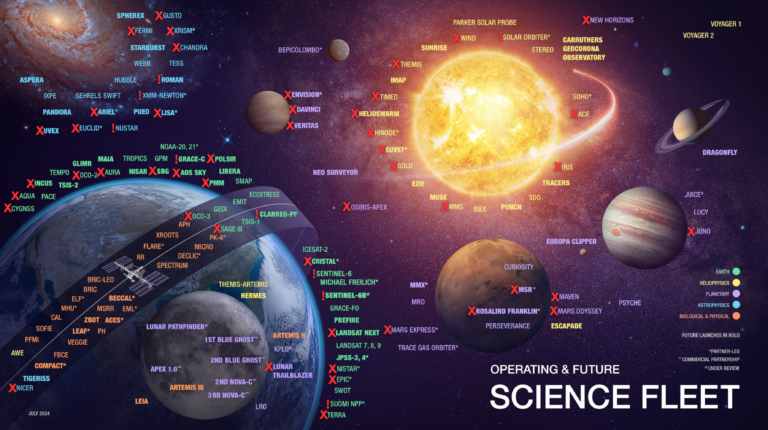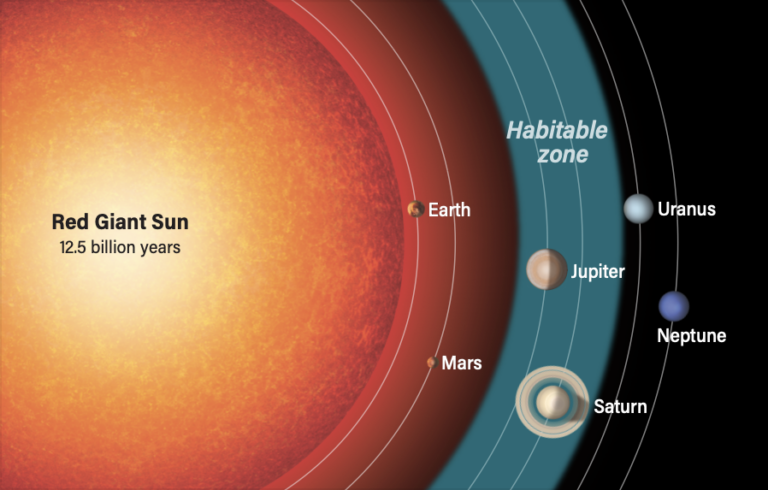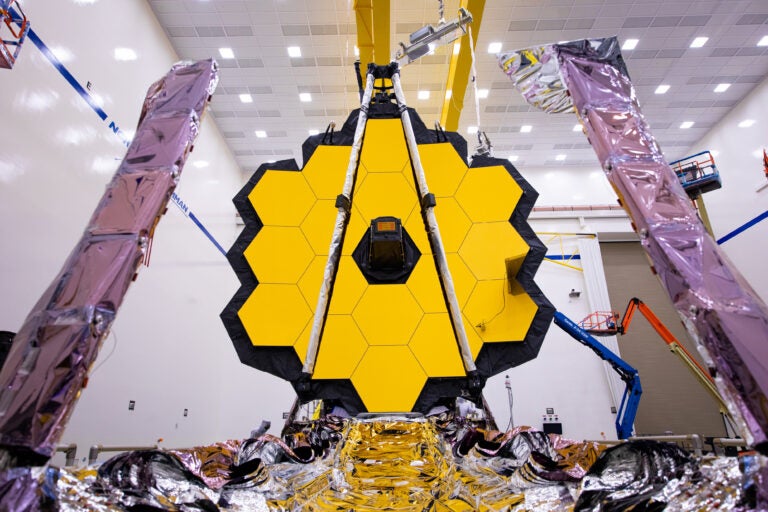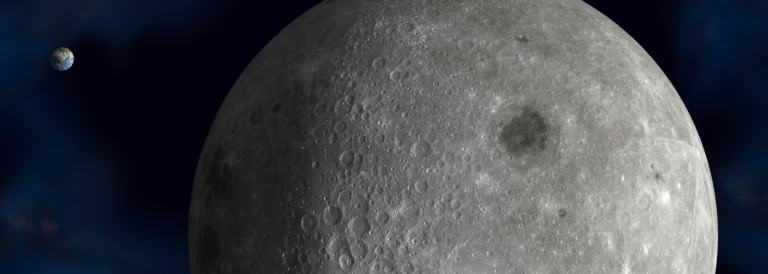The general theory of relativity is our best concept of gravity. It states that the presence of mass distorts the space-time grid, like a bowling ball that sits on a stretched rubber sheet. Particles then move in the shortest paths along that distorted grid, a process we interpret as the effects of gravity. Thus, relativity, in essence, gives a geometric interpretation of gravity.
Quantum mechanics, through what physicists call the “standard model,” explains the other three forces of nature. These are the electromagnetic force, which affects electrically charged particles, the strong nuclear force, which holds particles in nuclei together, and the weak nuclear force, which governs some radioactive decays. In the quantum mechanical picture, forces arise through the exchange of things called “virtual particles.” These particles pop into existence for a short time and then disappear. While they have no analog in our familiar world, the Heisenberg uncertainty principle allows them in the subatomic world. (One of the basic ideas of this principle is that the uncertainty of a system’s energy is inversely proportional to the uncertainty of its lifetime, so a particle that lives for a very short amount of time — a tiny fraction of a second — has an extremely wide range of possible energies and can never be observed.)
Virtual particles generate a force by a process analogous to two people throwing a medicine ball back and forth, recoiling on each throw. Thus, the quantum mechanical explanation of these forces is essentially dynamic rather than geometric.
The problem deepens because physicists can describe how at high enough energies the three quantum mechanical forces merge together, while gravity remains the odd man out. Another way of posing your questions, then, is to ask why it is so hard to unify gravity with the other forces of nature.
We have two serious candidate theories that attempt this unification. One is “string theory,” which posits that the basic building blocks of matter — quarks and elementary particles like electrons — are actually made of even more fundamental objects called “strings.” The different particles correspond to different modes of vibration of those strings. The other candidate theory is “quantum loop gravity,” where space-time itself becomes granular (the technical term is quantized) instead of being smooth and continuous at very small distances.
In both theories, we think the exchange of virtual particles called gravitons generates gravity so that gravity becomes a dynamic quantum mechanical force like the other three. Which of these theories, if either, will turn out to be right is something physicists are investigating.
George Mason University, Fairfax, Virginia










